Atoms trapped in a one-dimensional optical lattice can mimic how—in a basic quantum field theory—massive particles reach, or fail to reach, thermal equilibrium.
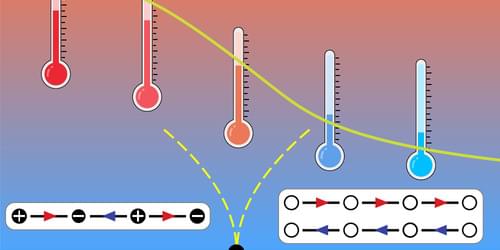

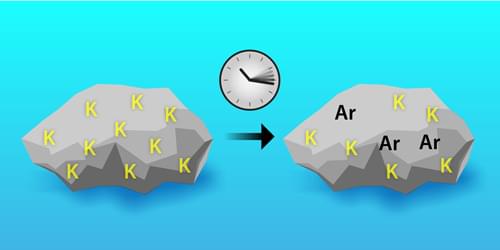
Researchers revisit a neglected decay mode with implications for fundamental physics and for dating some of the oldest rocks on Earth and in the Solar System.
With a half-life of 1.25 billion years, potassium-40 does not decay often, but its decays have a big impact. As a relatively common isotope (0.012% of all potassium) of a very common metal (2.4% by mass of Earth’s crust), potassium-40 is one of the primary sources of radioactivity we encounter in daily life. Its decays are the primary source of argon-40, which makes up almost 1% of the atmosphere, and the copious amount of heat released from these decays threw off early estimates of the age of Earth made by Lord Kelvin. Potassium-40 is largely responsible for the meager radioactivity in our food (such as bananas), and it is a significant source of noise in some highly sensitive particle physics detectors. This isotope and its decay products are also useful tools in dating rocks and geological processes that go back to the earliest parts of Earth history. And yet some long-standing uncertainty surrounds these well-studied decays.

Naoko Kurahashi Neilson was on a Zoom call when she saw it for the first time.
She and two PhD students—Mirco Hünnefeld of TU Dortmund University in Germany and Steve Sclafani of Drexel University in the United States—had received permission to review the results of their analysis. Using 10 years of data and 60,000 detections from the IceCube Neutrino Observatory, they were trying to map the emission of tiny, ghostly particles called neutrinos from the band of the Milky Way.
Kurahashi Neilson remembers the three of them staring at the image together. Slowly, they realized that they were, indeed, looking at the first-ever neutrino image of our galaxy.
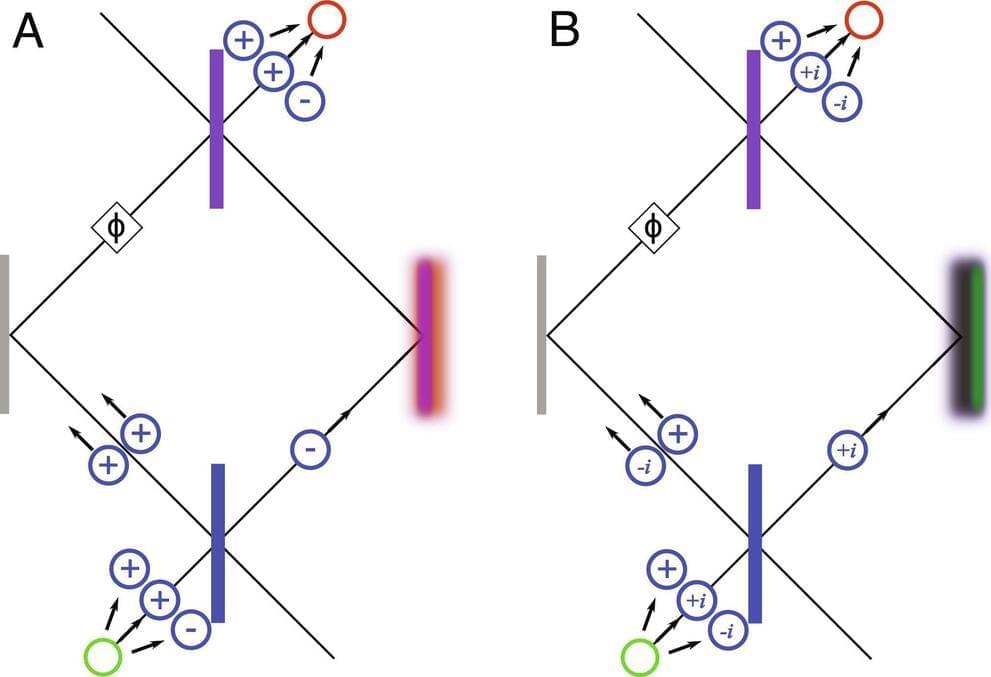
Physical interpretations of the time-symmetric formulation of quantum mechanics, due to Aharonov, Bergmann, and Lebowitz are discussed in terms of weak values. The most direct, yet somewhat naive, interpretation uses the time-symmetric formulation to assign eigenvalues to unmeasured observables of a system, which results in logical paradoxes, and no clear physical picture. A top–down ontological model is introduced that treats the weak values of observables as physically real during the time between pre-and post-selection (PPS), which avoids these paradoxes. The generally delocalized rank-1 projectors of a quantum system describe its fundamental ontological elements, and the highest-rank projectors corresponding to individual localized objects describe an emergent particle model, with unusual particles, whose masses and energies may be negative or imaginary. This retrocausal top–down model leads to an intuitive particle-based ontological picture, wherein weak measurements directly probe the properties of these exotic particles, which exist whether or not they are actually measured.
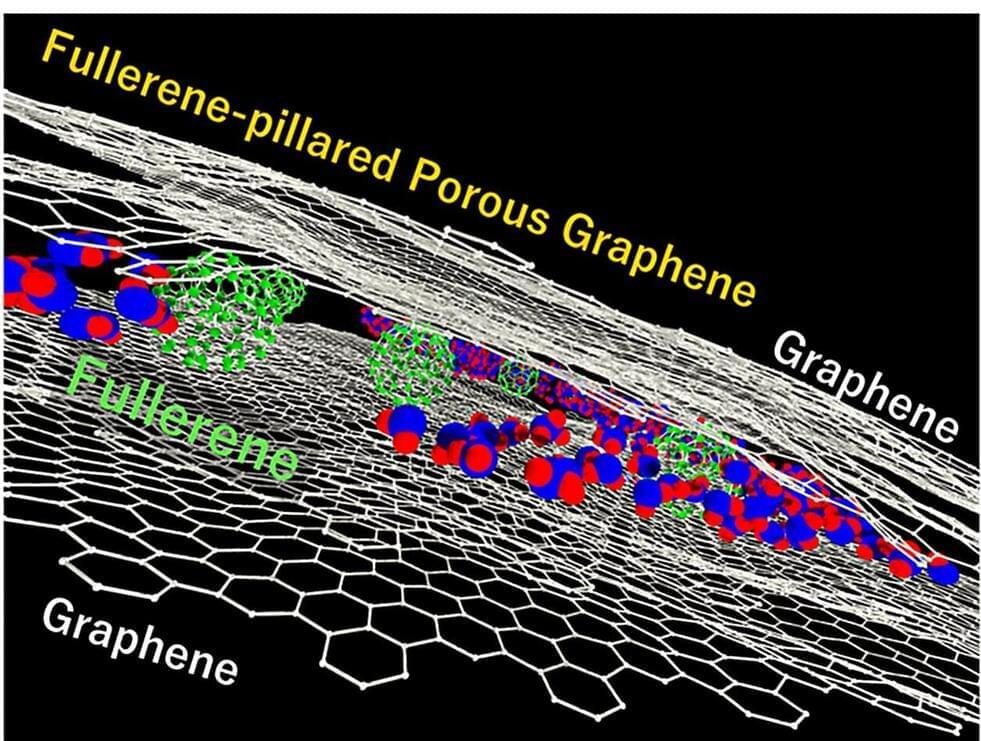
Separation processes are essential in the purification and concentration of a target molecule during water purification, removal of pollutants, and heat pumping, accounting for 10–15% of global energy consumption. To make the separation processes more energy efficient, improvement in the design of porous materials is necessary. This could drastically reduce energy costs by about 40–70%. The primary approach to improving the separation performance is to precisely control the pore structure.
In this regard, porous carbon materials offer a distinct advantage as they are composed of only one type of atom and have been well-used for separation processes. They have large pore volumes and surface areas, providing high performance in gas separation, water purification, and storage. However, pore structures generally have high heterogeneity with low designability. This poses various challenges, limiting the applicability of carbon materials in separation and storage.
Now, a team of researchers from Japan, led by Associate Professor Tomonori Ohba from Chiba University and including master’s students, Mr. Kai Haraguchi and Mr. Sogo Iwakami, has fabricated fullerene-pillared porous graphene (FPPG)—a carbon composite comprising nanocarbons—using a bottom-up approach with highly designable and controllable pore structures.
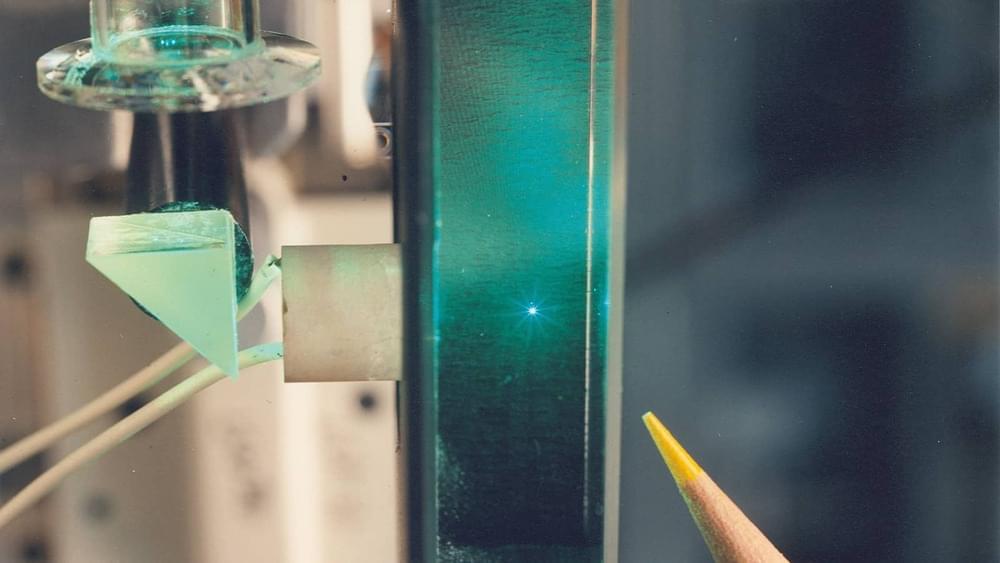

Perovskite-based light emitting diodes (LEDs) could be the key to developing internet bandwidths orders of magnitude faster than what is now available, while also keeping energy consumption and cost down, researchers have claimed. Other potential applications lie in laser technology.
Perovskite is a natural mineral first identified in Russia’s Ural Mountains in 1,839 and composed primarily of calcium, titanium, and oxygen – all in the 10 most common elements in the Earth’s crust. The mineral gave its name to a class of materials based on the same elements but doped with small quantities of others. For almost the first two centuries after their discovery, these perovskites were largely a curiosity of interest only to chemists.
More recently, however, the ability of perovskites to display different electrical properties depending on the atoms with which they are doped has turned them into a wonder material. Perovskites now represent one of the most efficient ways to trap energy from sunlight and are continuing to improve at unprecedented rates. Moreover, perovskites have the potential to be manufactured far more cheaply than traditional silicon-based solar cells, while a layer of perovskite over a silicon base could capture more light than either on their own.
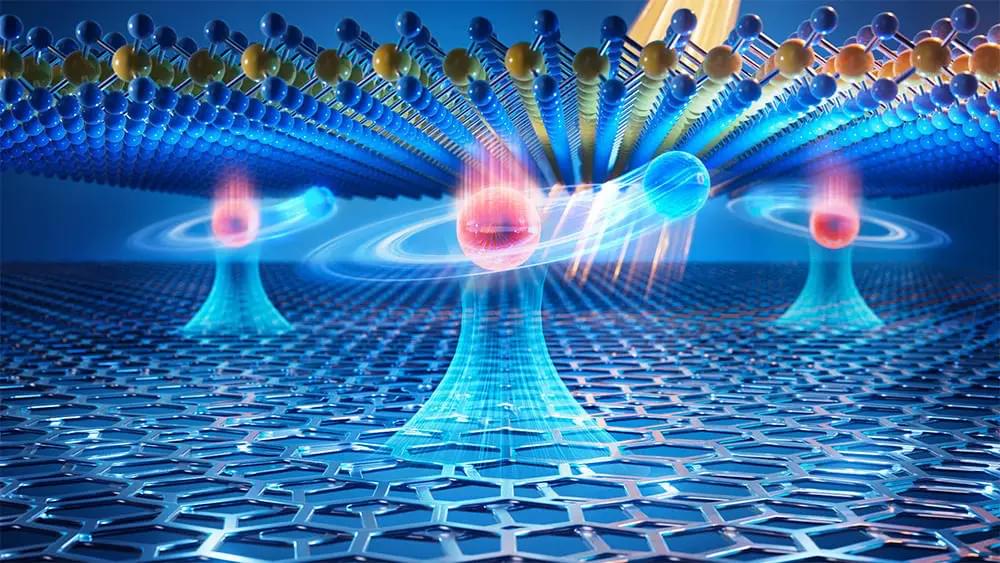
The Rydberg state is prevalent across various physical mediums such as atoms, molecules, and solid materials. Rydberg excitons, which are highly energized, Coulomb-bound electron-hole pair states, were initially identified in the 1950s within the semiconductor material, Cu2O.
In a study published in Science, Dr. Xu Yang and his colleagues from the Institute of Physics (IOP) of the Chinese Academy of Sciences (CAS), in collaboration with researchers led by Dr. Yuan Shengjun of Wuhan University, have reported observing Rydberg moiré excitons, which are moiré-trapped Rydberg excitons in the monolayer semiconductor WSe2 adjacent to small-angle twisted bilayer graphene.
Graphene is an allotrope of carbon in the form of a single layer of atoms in a two-dimensional hexagonal lattice in which one atom forms each vertex. It is the basic structural element of other allotropes of carbon, including graphite, charcoal, carbon nanotubes, and fullerenes. In proportion to its thickness, it is about 100 times stronger than the strongest steel.
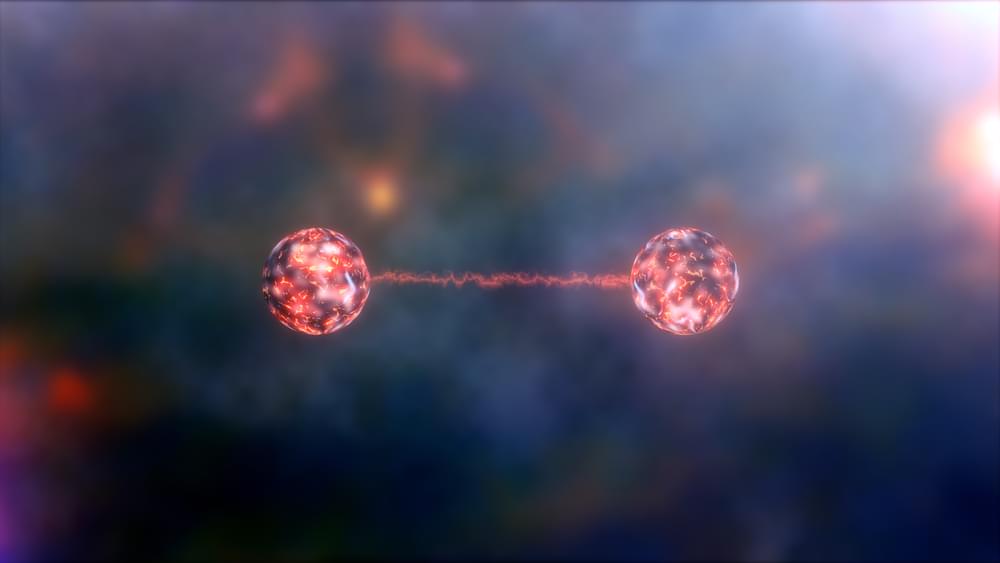
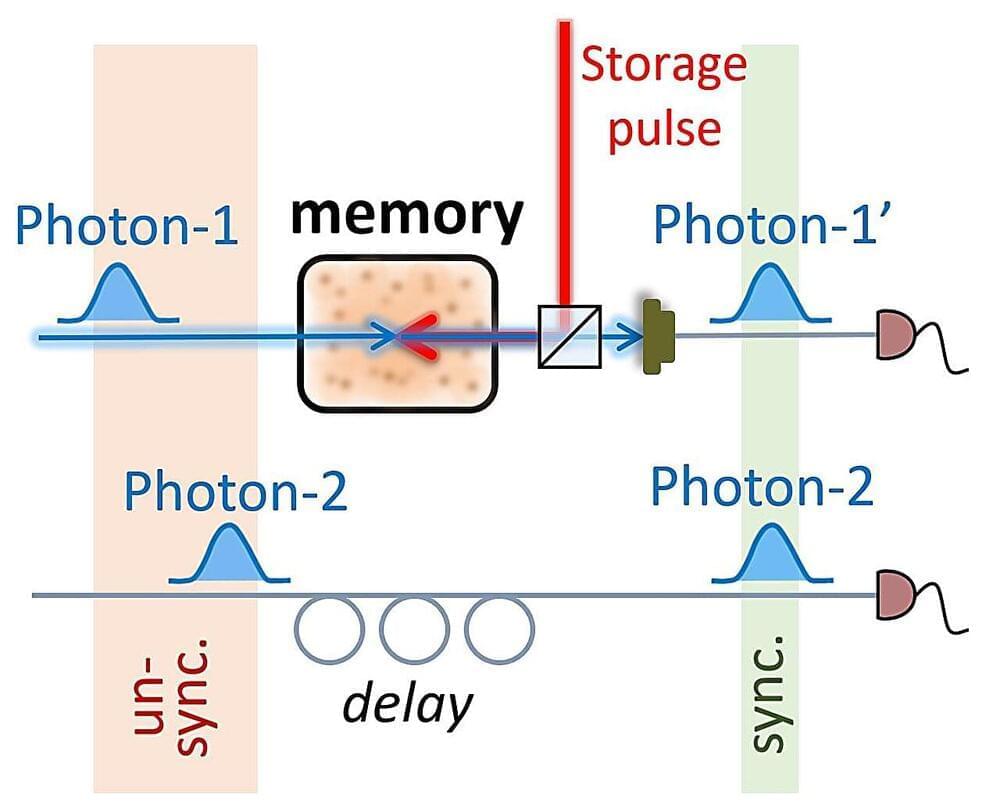
A long-standing challenge in the field of quantum physics is the efficient synchronization of individual and independently generated photons (i.e., light particles). Realizing this would have crucial implications for quantum information processing that relies on interactions between multiple photons.
Researchers at Weizmann Institute of Science recently demonstrated the synchronization of single, independently generated photons using an atomic quantum memory operating at room-temperature. Their paper, published in Physical Review Letters, could open new avenues for the study of multi-photon states and their use in quantum information processing.
“The project idea came about several years ago, when our group and the group of Ian Walmsley demonstrated an atomic quantum memory with an inverted atomic-level scheme compared to the typical memories—the ladder memory, named fast ladder memory (FLAME),” Omri Davidson, one of the researchers who carried out the study, told Phys.org. “These memories are fast and noise-free, and therefore they are useful for synchronization of single photons.”